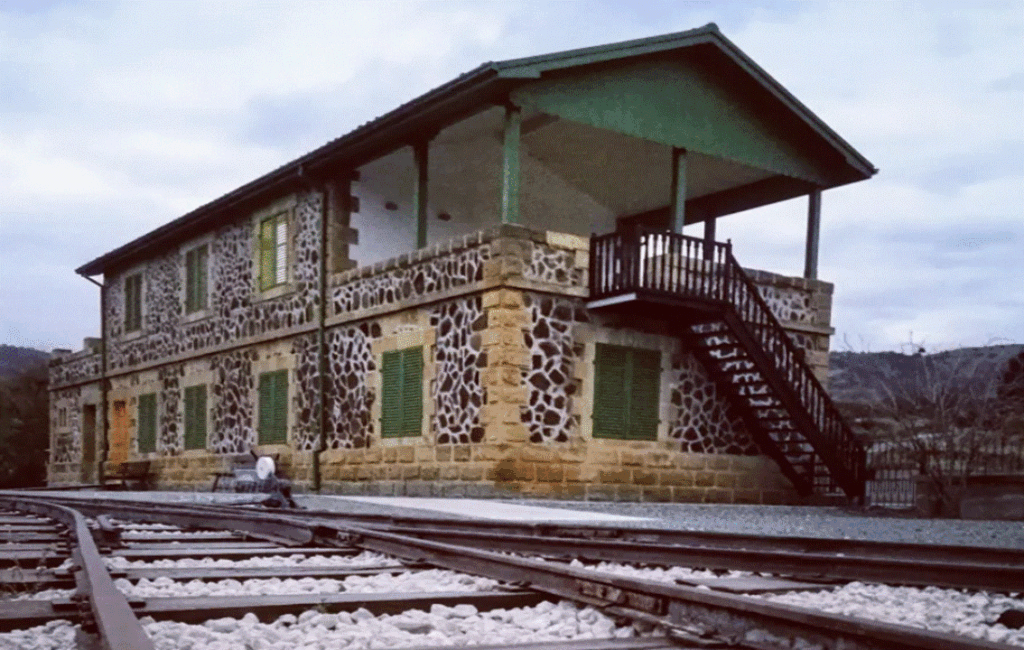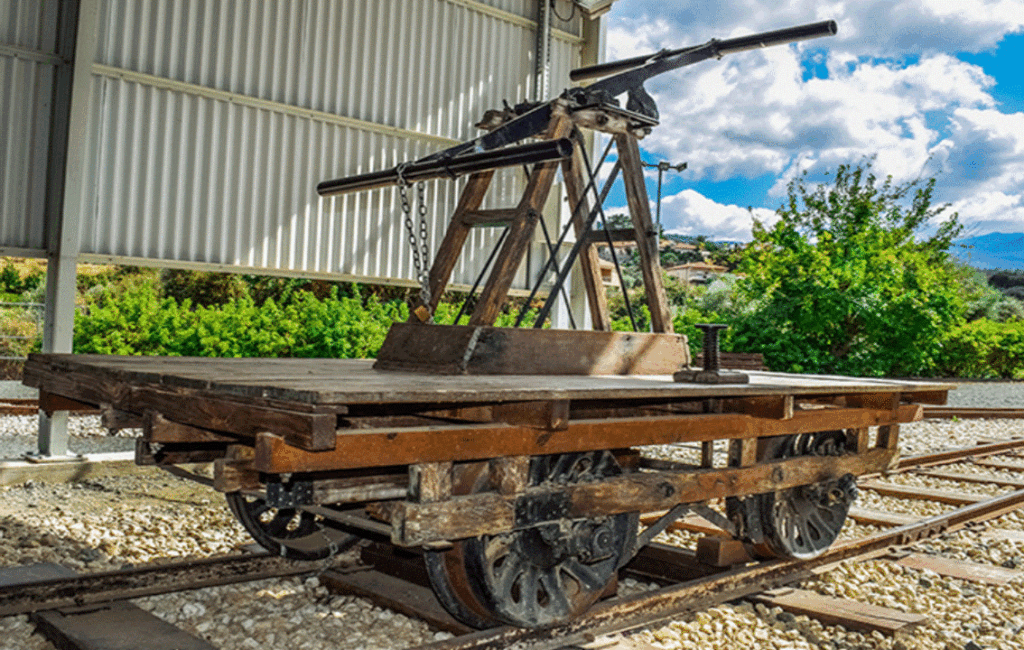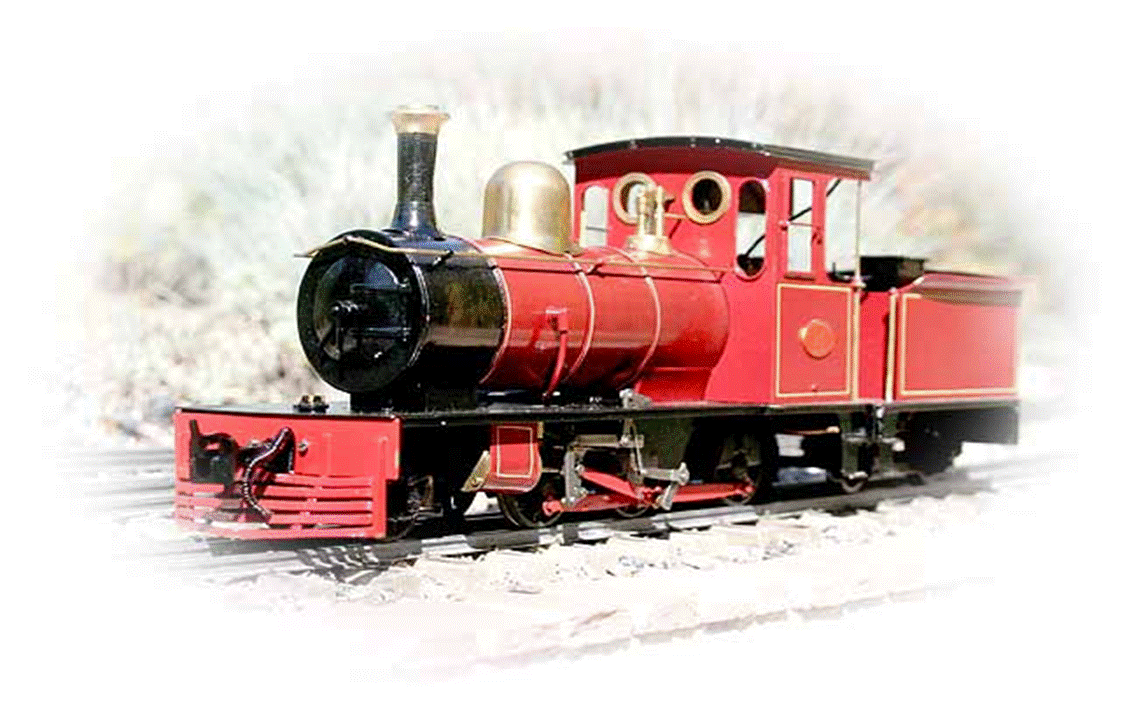THE CYPRUS GOVERNMENT RAILWAY
1905 TILL 1951
A NARROW GAUGE RAILWAY
The Cyprus Government Railway was a linear, narrow-gauge railway that operated continuously for 46 years. It served the island from its inception in October 1905 to its untimely liquidation in December 1951. The 122 km line was initially designed to be a freight railway, but it was later adapted to also accommodate passengers as well as goods to and from the port of Famagusta. At its height, the railway serviced a total of 39 stops. These included stations, halts, and sidings. The state-of-the-art steam-powered locomotives reached a maximum of 48 km per hour. This meant that it took just over 3 hours to complete a full journey from one end of the line to the other.
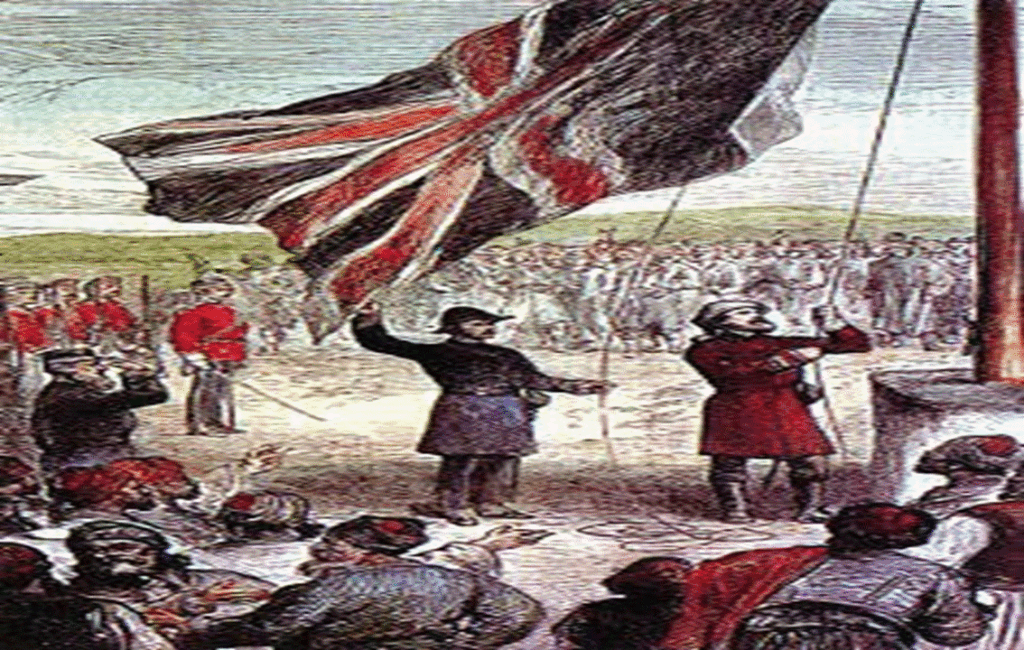
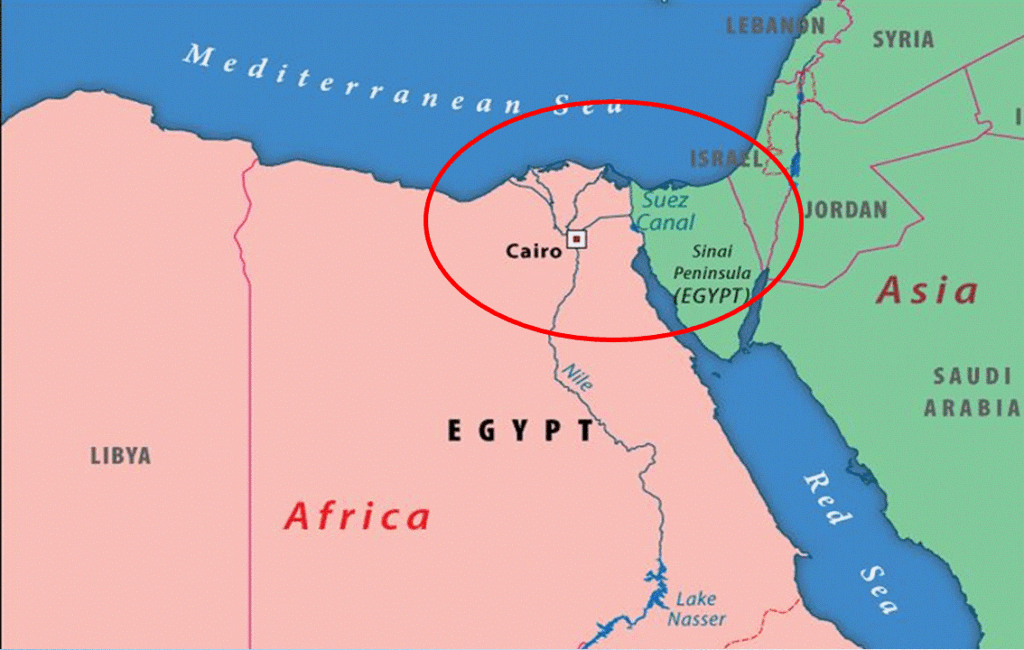
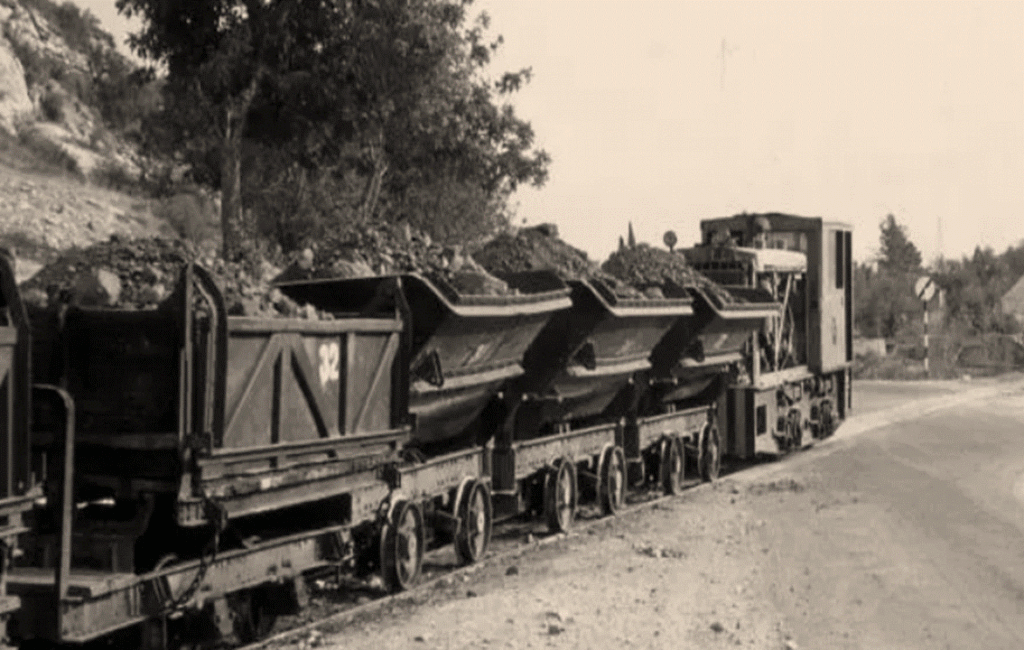
THE CYPRUS CONVENTION
In the late 19th century, the British Empire identified that Cyprus could be utilised to help protect its interests in the Suez Canal. This resulted in a series of negotiations with the island’s Ottoman rulers. The Ottomans at the time were embroiled in a conflict with Russia, and as part of a deal to take control of Cyprus, Britain made assurances to guarantee to buffer any possible Russian expansion. Although the island was still attributed to the Ottomans, it became a British protectorate wth Britain maintaining full control in 1878. This agreement became known as the ‘Cyprus Convention’. The British almost immediately identified that modernisation of the island’s infrastructure was desperately needed.
RAILWAY PLANS
At this time, camels were used extensively on the island. They were used as the main mode of transport for both passengers and freight. The British soon identified the need for a new modern road and rail network and set about immediately planning these works. British administrators would go on to introduce new modern transport links across the island.
SHELVED FOR 25 YEARS
The first High Commissioner of Cyprus submitted the first proposals for the construction of a new railway to serve the port of Famagusta in the east of the island. His plans, however, were almost immediately shelved, as it was decided that priority would be given to a new road network instead. Road construction would go on to delay the introduction of a railway for 25 years. After several revisions, plans to build a new freight railway connecting the port of Famagusta to the village of Evrychou in the north-west of the island were finally approved. Construction of the new railway began in 1904, taking a total of 12 years to fully complete.
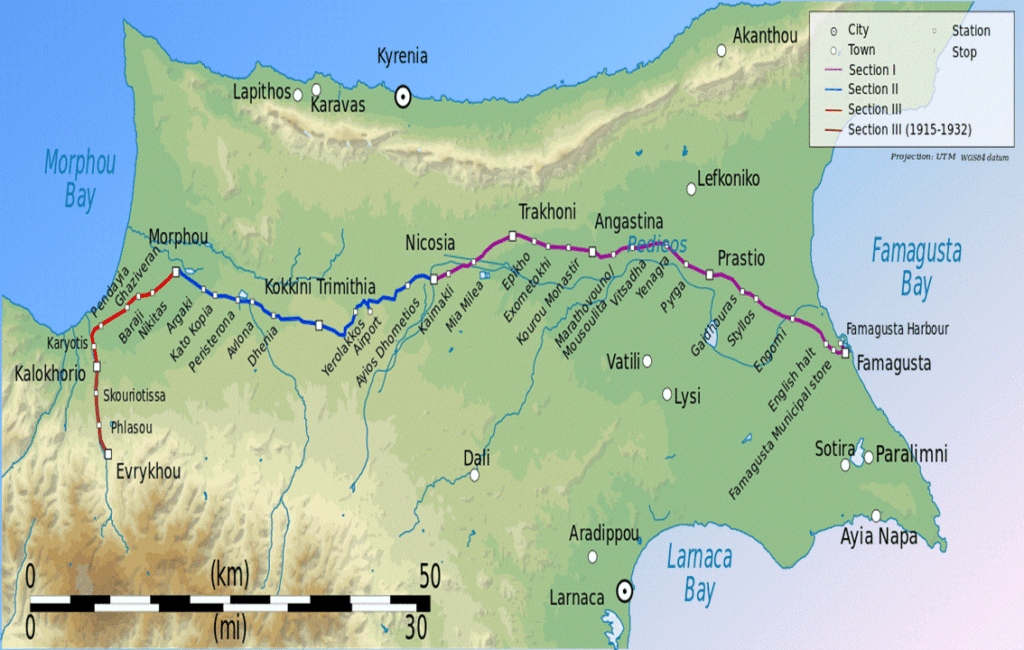
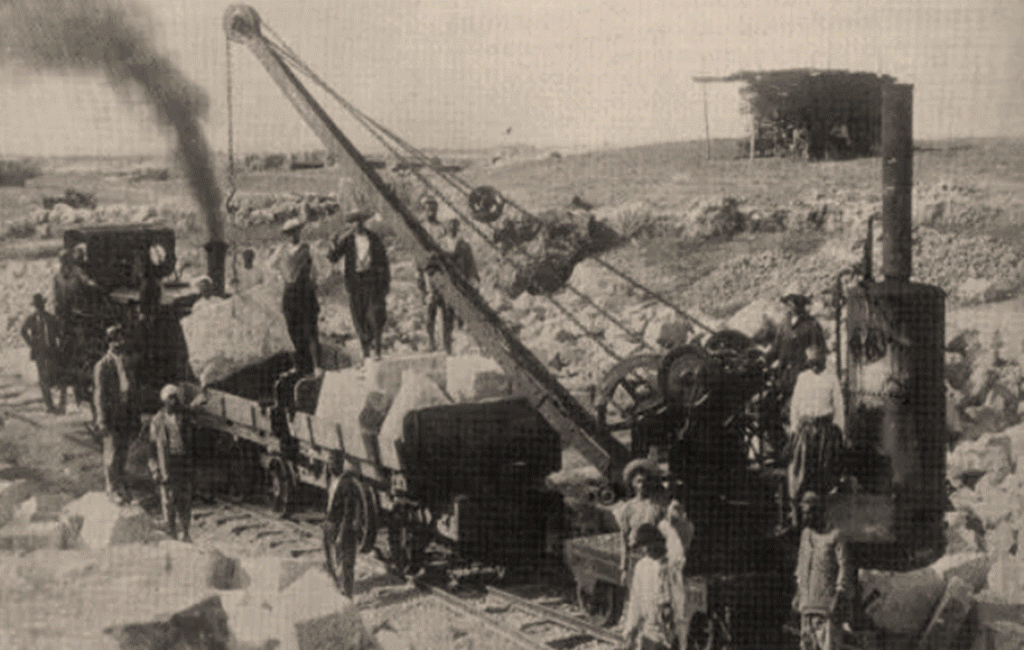
BUILT IN SECTIONS
SECTION 1
Earthworks for the first stage of the new railway began in May 1904. This section of track would stretch 58 km from the port of Famagusta to Nicosia and took over a year to complete. Steam locomotives were imported directly from England, and their inauguration took place at the port of Famagusta on October 21st, 1905. This section of the railway began to move freight to and from the Port of Famagusta and Nicosia almost immediately. Two trains each day serviced the route at regular intervals, but it soon became apparent that the island’s hard water had to be treated with chemicals to prevent damage to the locomotive’s main boiler. This led to the installation of treatment facilities later along the route. The headquarters, which also acted as the administrative centre for the Cyprus Government Railway, was established at the Nicosia station that same year.
SECTION 2
Work on the second stage of the line preceded the completion of the first. Earthworks began on this section in July 1905. This section of track would stretch to 40 km, extending the main line from Nicosia to Morphou. Although the distance was shorter than the first phase, this part took longer to complete because of the difficult terrain. The inauguration for this phase of the rail network took place in Nicosia on March 31st, 1907.
SECTION 3
Work on the third and final stage of the line began after a 5-year gap in 1913. This section of track stretched to 24 km, extending the line from Morphou to the village of Evrychou. The inauguration of this phase of the rail network took place at the village of Evrychou on June 14th, 1915.
SECTION 4
After the main part of the railway was complete, further track was laid to connect Famagusta Station with other parts of the immediate area. Other small sections of track were also introduced to serve the Cyprus Mines Corporation. They used the railway to transfer ore and minerals to the Port of Famagusta. Track was also used to connect the copper mines in Kalavasos and Drapia, and the preparation plant in Vasiliko.
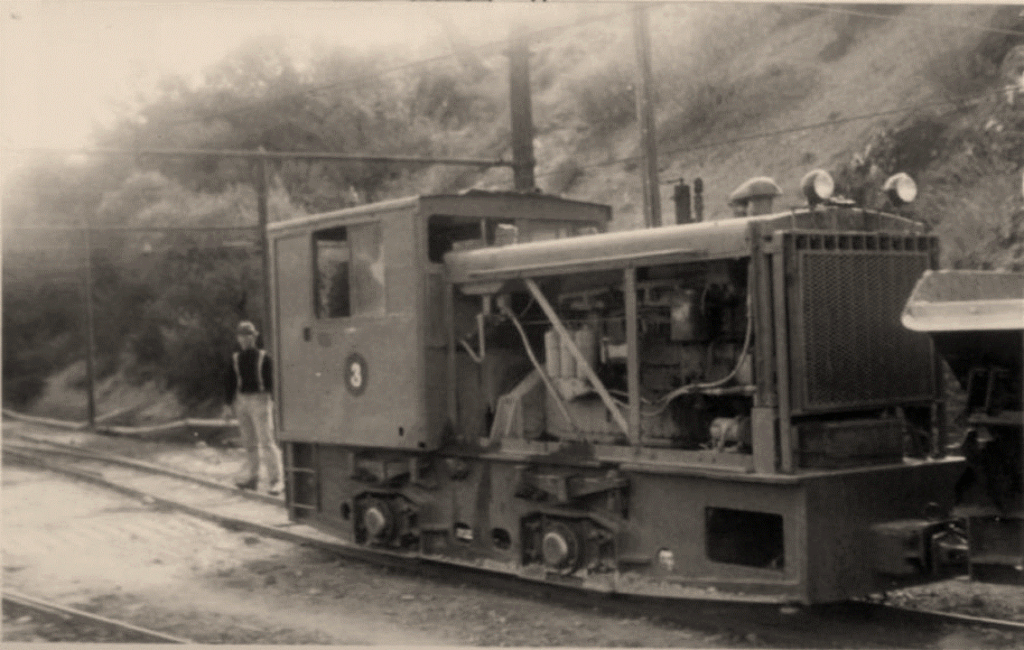
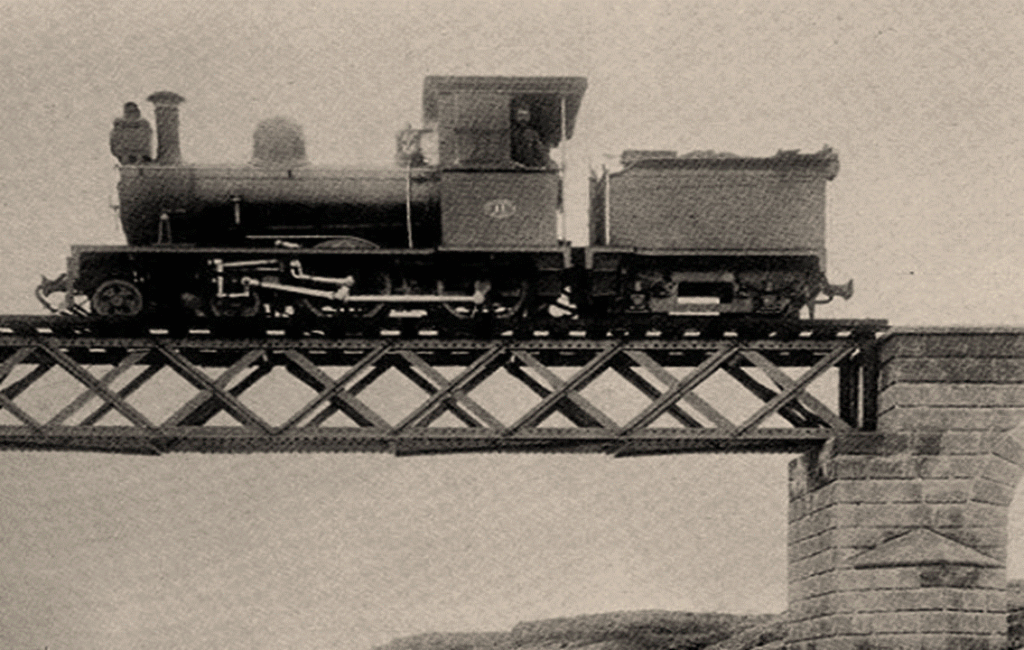
A FRIEGHT RAILWAY
The new rail system was used to ferry various goods for export to the Port of Famagusta. It successfully transported Cypriot produce that included everything from fine wines to potatoes. The Troodos Mountains also supplied timber to the port via the railway, and the mines supplied various ores and minerals. In 1912, the railway began to carry overseas mail that was collected via ship from the Port of Famagusta. Some stations, identified by the large white official signs, would later also become post offices. As well as this, the stations also began to function as a place for the exchange of goods and services. They also would later operate as telephone centres and telegram offices.
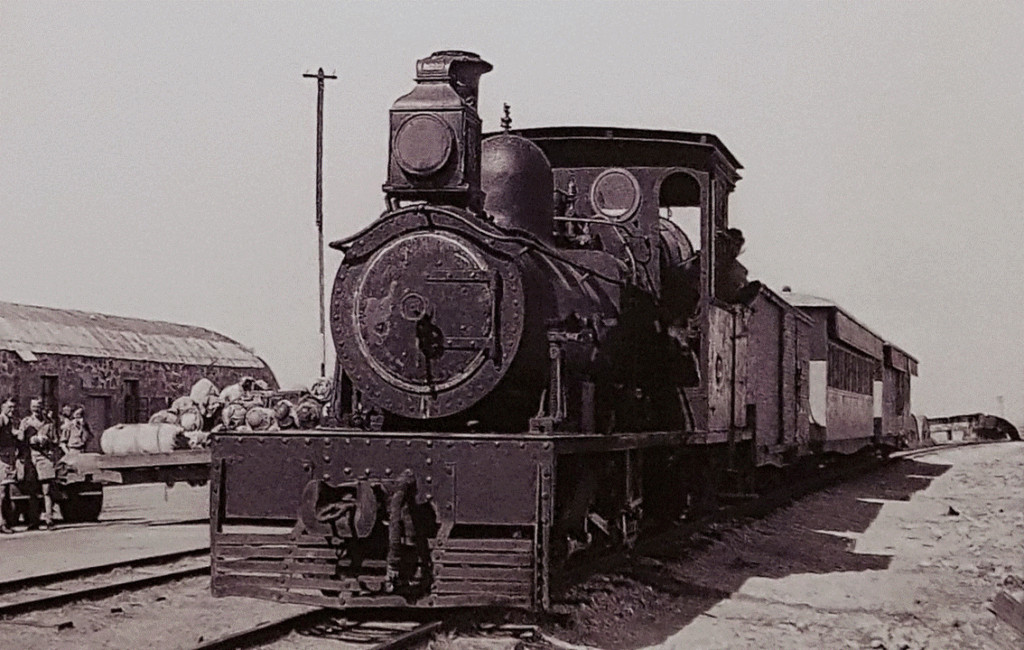
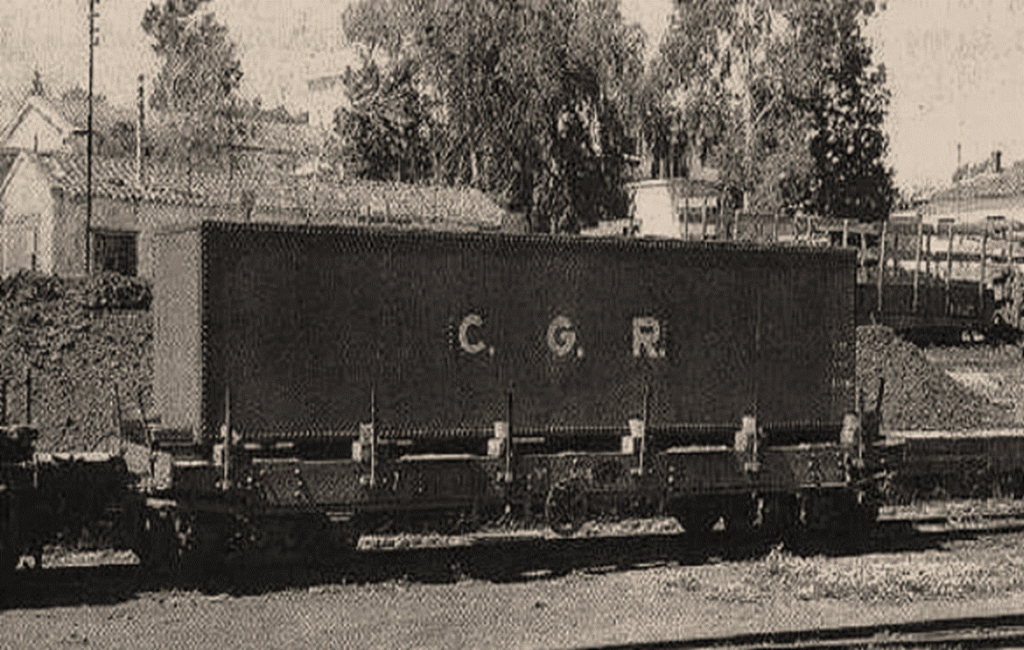
THE GREAT WAR
The First World War led to a drastic change in the role of the Cyprus Government Railway. Cargo wagons were replaced by passenger coaches, and it began for the first time to serve passegers. The rail service was mainly used to transport troops and to carry munitions to the Port of Famagusta throughout the war. The new passenger service was also open to residents who also provided troops for the war effort.
A NEW PASSENGER SERVICE
After the war, the passenger service, which had become very popular, remained in place. New stations and stops were introduced to the service, along with more comfortable carriages. The railway then went from strength to strength, and it saw its services and transport connections develop further. Road vehicles would, for the first time, wait for passengers at stops and stations to then ferry them to other locations all over the island. This fuelled a fledgling taxi industry across the island. In 1929, a new bus service was introduced. It operated from the main Nicosia Station, which, at its peak, became a hive of passenger activity. At its height, the railway had over 200 employees servicing the entire rail network, owned a total of 12 locomotives, 17 passenger coaches and about 100 multi-purpose wagons.
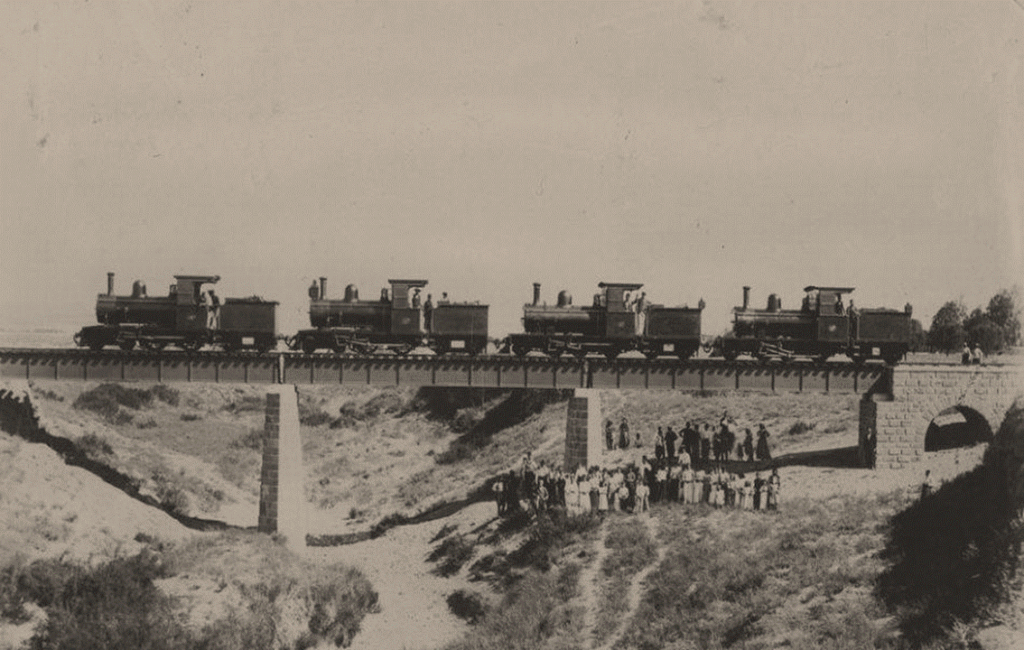
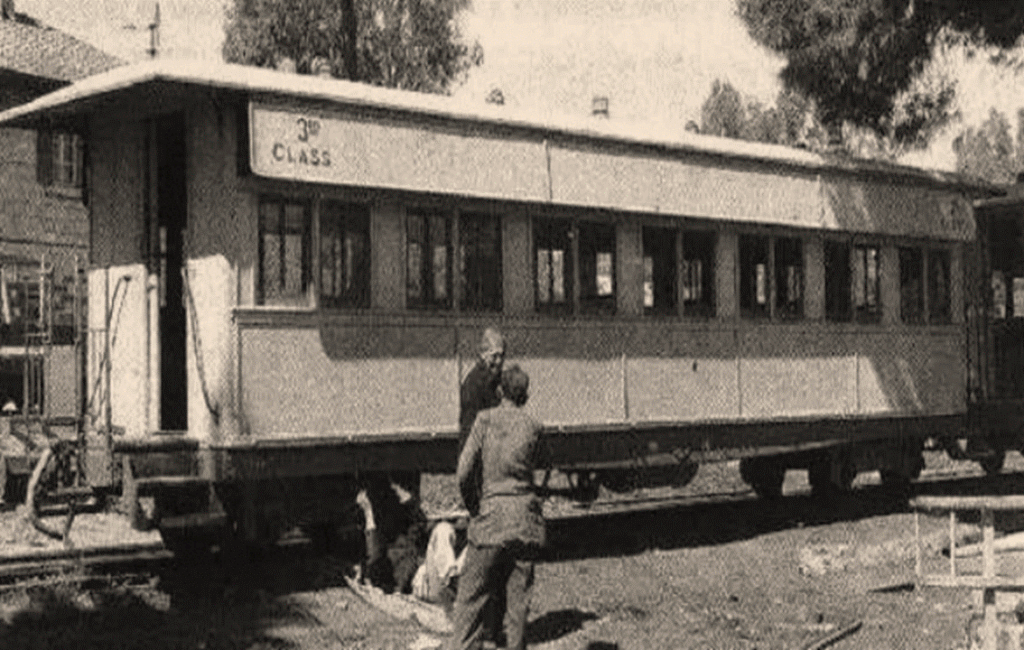
A SYMBOL OF BRITISH COLONIAL RULE
It seemed for a time that the Cyprus Government Railway would recover its investment and go on to expand its service to other areas on the island. The prospect of this, however, changed dramatically when the political landscape on the island changed. The island began to slowly descend into civil unrest, and a new solidarity movement began to take hold across the island. Several Cypriot organisations began demanding autonomy and a closer association with Greece. The British Empire’s reluctance to engage in a meaningful dialogue led to the railway, which represented to many a symbol of British colonial rule, becoming a target for sabotage.
THE RIOTS OF 1931
Incidents of random sabotage by Cypriot Nationalist groups on the railway became frequent, often disrupting its service, and bringing uncertainty to the railway’s future. Cypriot Nationalist groups systematically began to destroy carriages and wagons. They also tore up tracks at random locations across the whole network. This often crippled large parts of the service, creating an unstable environment. The route from Morfou to the village of Evrychou was affected the most, and these actions directly led to its permanent closure. Anti-British nationalist feelings then came to a head in October 1931, when mass rioting against colonial rule spiralled out of control, leading to the burning of the British Governor’s residence in Nicosia.
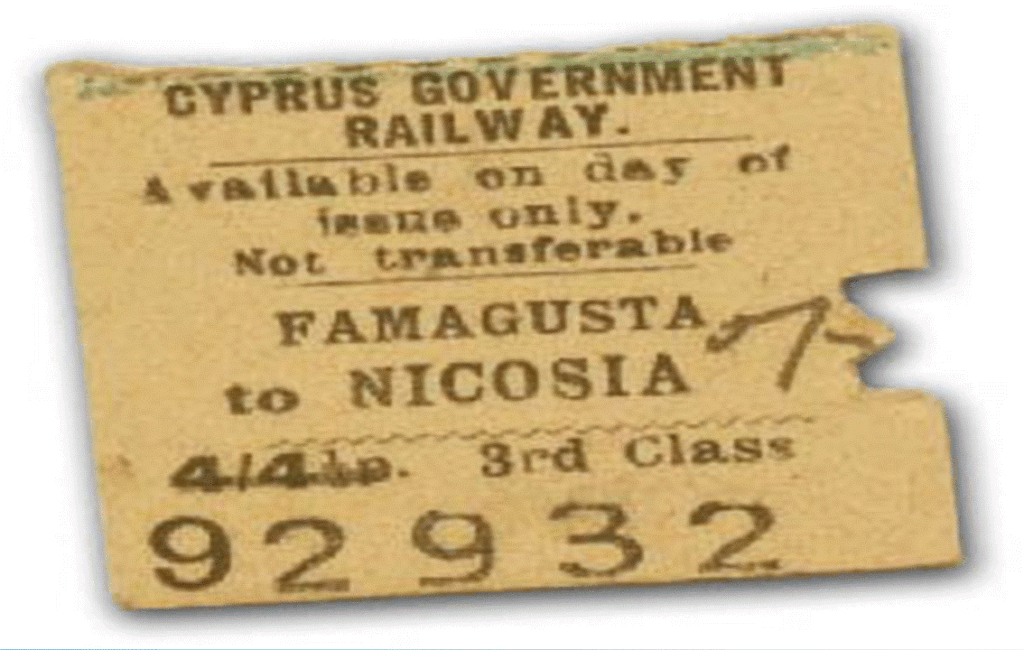
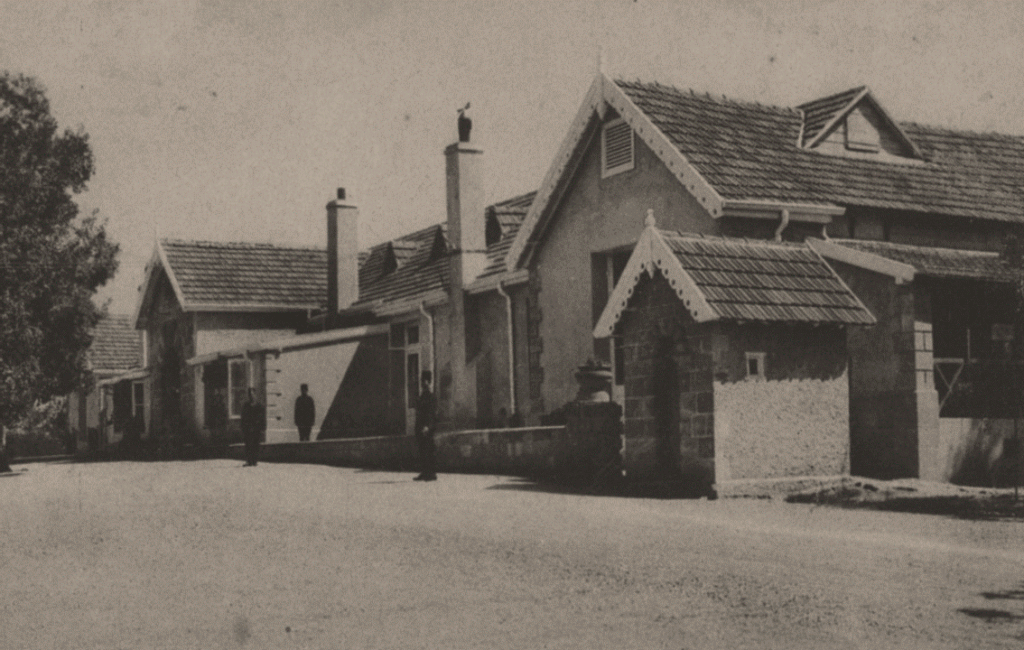
ANOTHER WAR EFFORT
All hostilities between British Colonial forces and Cypriots on the island ceased by the beginning of World War II. The Cyprus Government Railway once again became a focal point, becoming crucial to the war effort. The railway once again ferried Allied troops and munitions across the island, leading to the Axis powers targeting the Port of Famagusta, as well as the rail network. Although their bombing campaign was largely unsuccessful, it did see the CYPRUS VOLUNTEER REGIMENT, which was solely made up of Cypriot volunteers, supply much-needed security for the island and its railway.
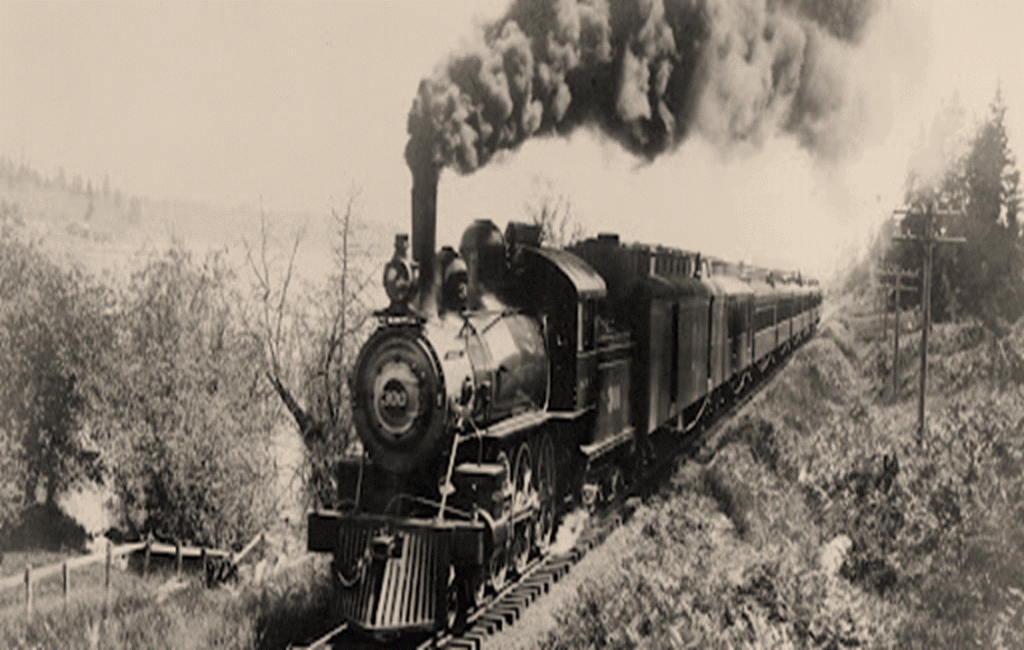
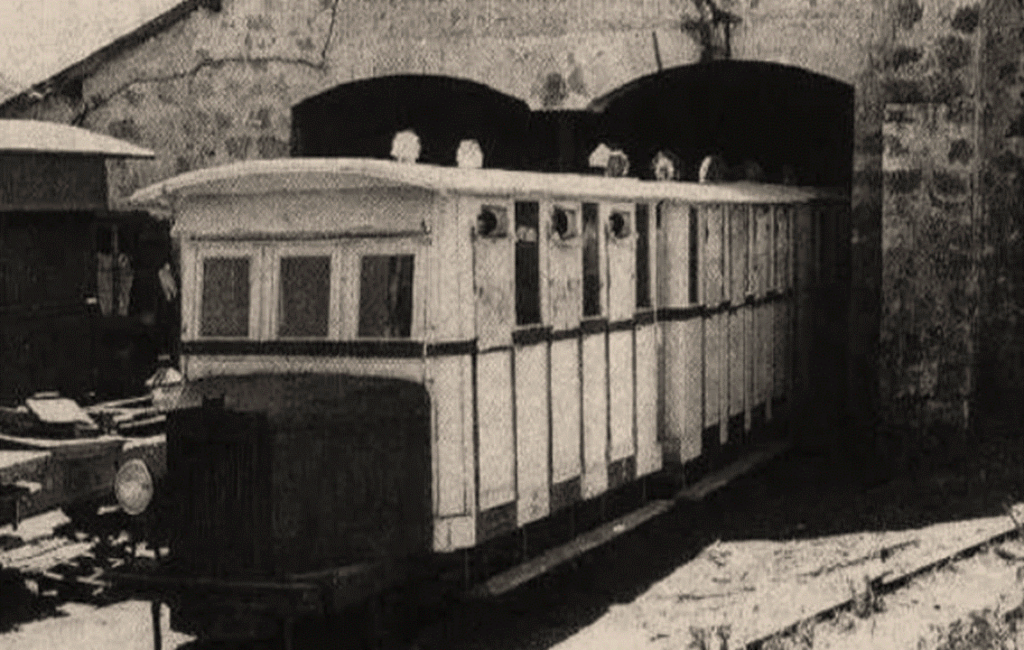
NEW CONNECTIONS
After the war, Cyprus was used as a transit point for European Jewish refugees. The railway was responsible for ferrying up to 50.000 people from the Port of Famagusta to Jewish internment camps on the island. Along with this, the railway service was later expanded to accommodate two new major developments on the island. Aviation was fast becoming prominent, and a new track was laid to connect the island’s first International Airport near Nicosia. A new track was also laid to connect the Nicosia Hippodrome, which saw extra passenger trains laid on to service Sunday horse racing.
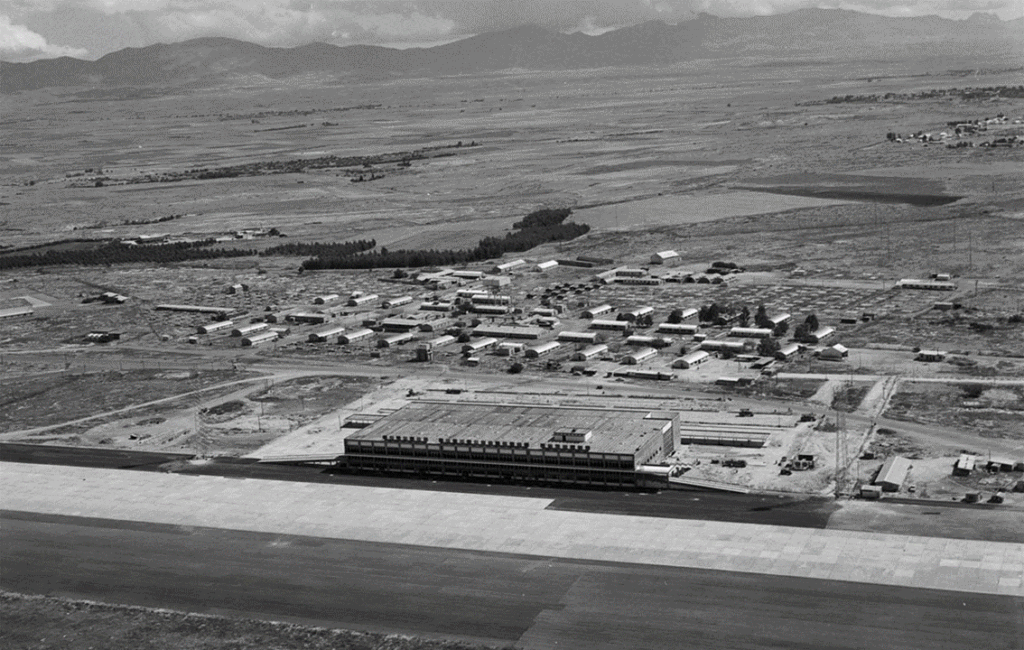
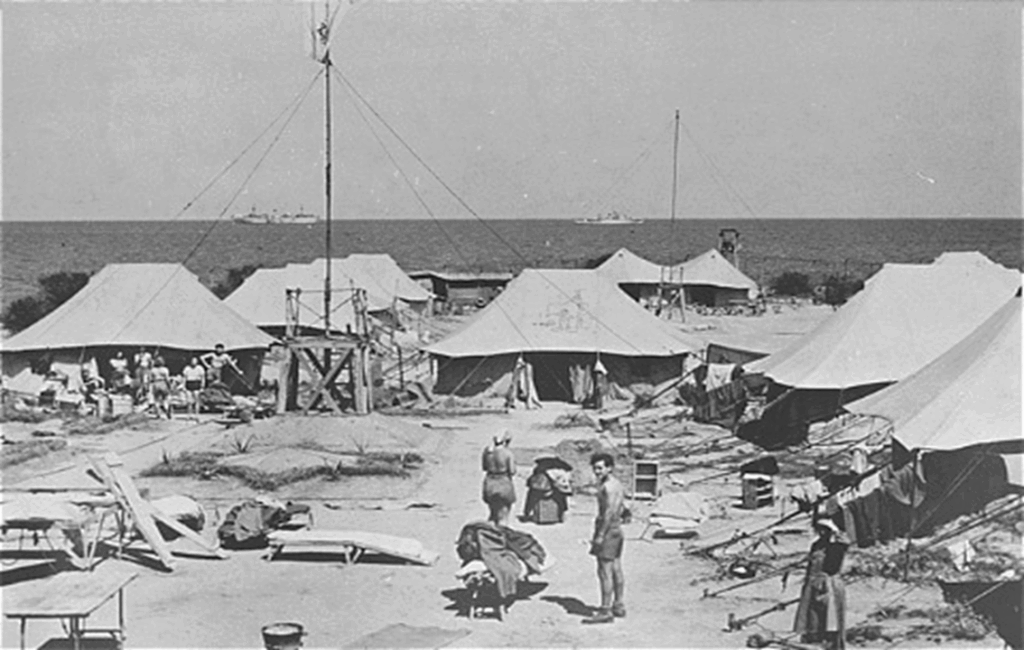
THE LAST TRAIN TO FAMAGUSTA
By 1950, the Cyprus Government Railway had transferred almost 8 million passengers and nearly 4 million tons of cargo. However, by this time, irregular cargo, spiralling costs, a fatal collision, and the mass introduction of motorised vehicles to the island meant that the railway had become commercially unviable. After several attempts to save the service failed, British administrators were left with no option but to reluctantly decommission it. As a result, the final train departed from Nicosia Station on December 31st 1951, arriving at the Port of Famagusta Station by the late afternoon. After the railway closed, most of its employees found new positions within state services and governmental organisations. All of the railway assets were eventually sold on.
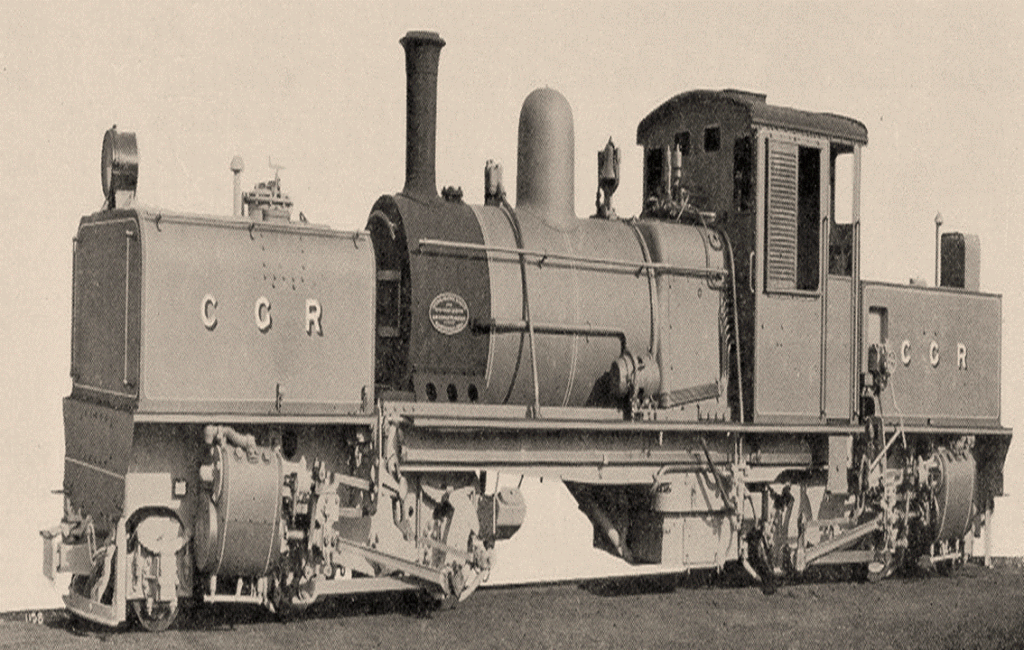
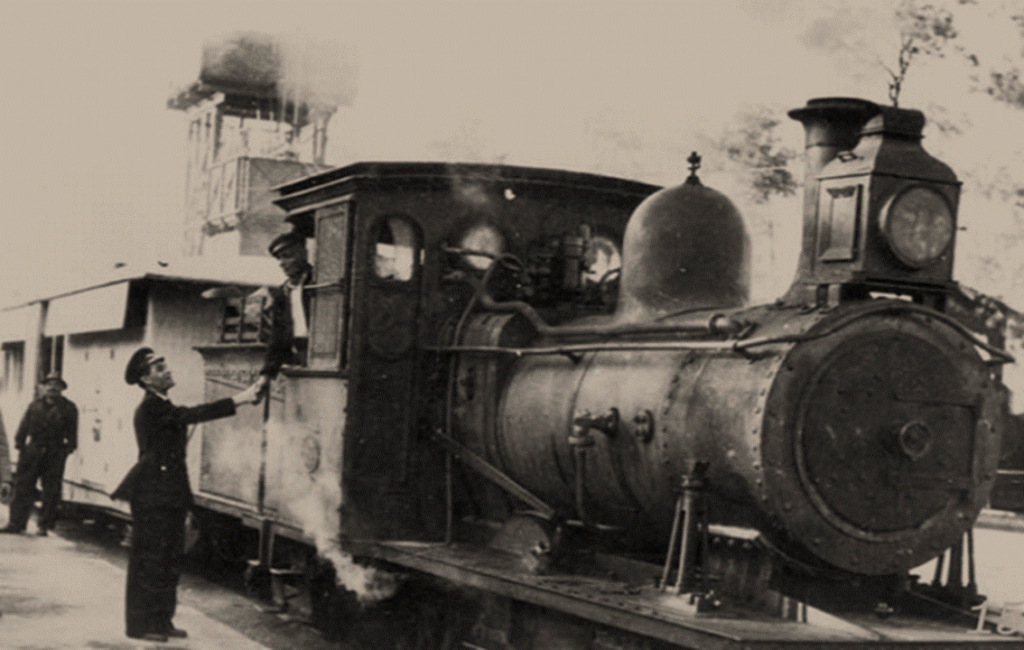
THE PROCESS OF DISMANTLING
The process of dismantling and removing the track took more than two years to fully complete. Some of the equipment was distributed to different government departments, and ten of the existing twelve locomotives, along with track and other parts of the rolling stock, were all auctioned. Main land European rail companies purchased the bulk of the equipment, but some locals retained some wagons for novel uses.
OTHER USES FOR STATIONS
Local municipalities took control of station buildings that fell under their remit. Several were demolished, but some were converted for other uses. The former stations at the villages of Angastina and Kokkinotrimithia became police stations. The Public Works Department converted stations in Famagusta, Morphou and Nicosia into warehouses. Evrychou Station was briefly used as a sanitary centre, and then it became a dormitory housing forest workers. Today, it houses the Cyprus Railway Museum. Locomotive 1 has remained in Cyprus and today it acts as a preserved monument outside the Port of Famagusta Station.
SECTIONS USED UNTIL THE 1970'S
Although the railway was officially decommissioned in 1951, the Cyprus Mines Corporation continued to operate its section of track until 1974. The lines connecting the copper mines of Kalavasos and Drapia along with the preparation plant in Vasiliko carried on operating until 1977.
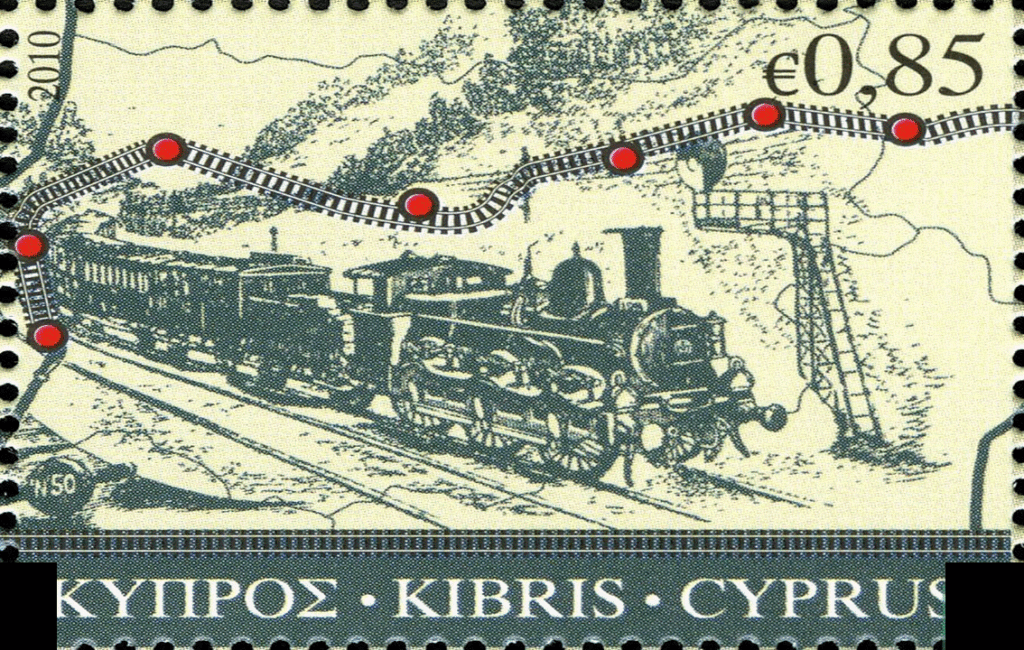
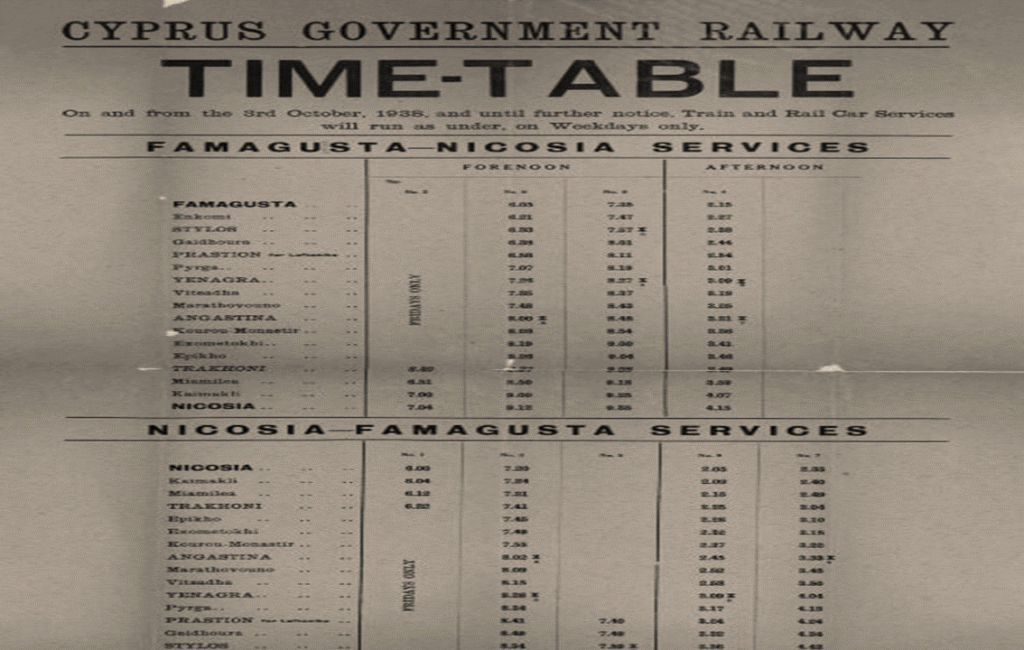
THE CYPRUS RAILWAY MUSEUM
The Cyprus Railway Museum, located at the former station in the village of Evrychou, offers a fascinating glimpse into the island’s railway history. The museum is housed in a restored railway station and features various exhibits related to the operation of the railway in Cyprus. These include historical locomotives, carriages, and other railway artefacts. Visitors can also explore the role that the railway played in the island’s transportation history for both goods and passengers. There are also photographs, maps, and documents that chronicle the development of rail travel in Cyprus during the British colonial period.
